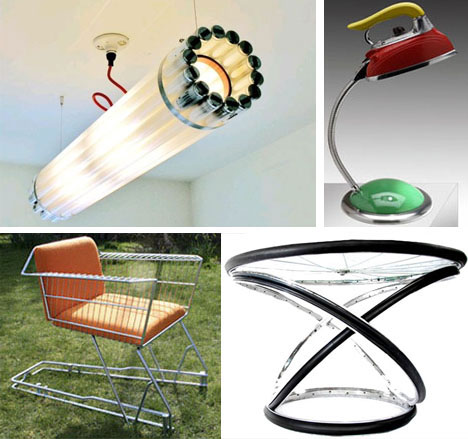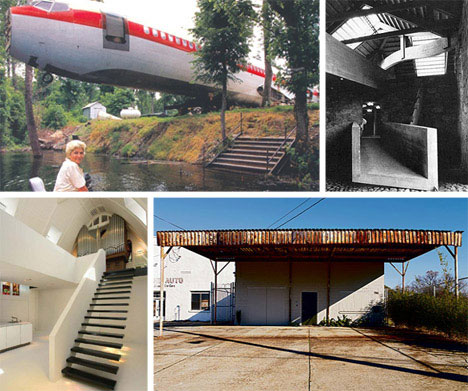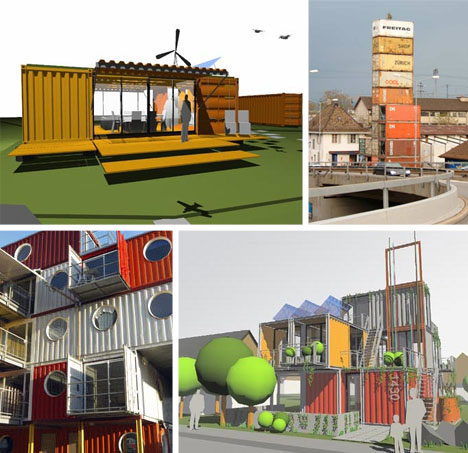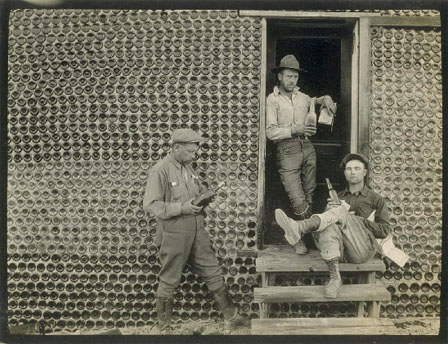Extreme Upcycling: Creative Recycled Art, Architecture & Design

Many people associate environmentalism with gloom-and-doom predictions about the planet. While climate change is a serious issue, many artists, architects and other designers are also working on smaller scale green projects that both effect the environment and cause change by sparking discussion and reflection. While the actual direct impact of any given artwork or design may be small the cumulative result of their efforts is palpable and grows bigger with each creative and sustainable design or art project.

Trash and Garbage Art (and Part Two): Have you ever been to the art store to buy materials? They don’t come cheap. While saved expenses are a bonus, most garbage artists use trash to create their artworks for other reasons. Some try to make direct statements about the nature of waste in our society while others employ recycled materials simply to get us to think about ordinary objects in a new and different way.

Recycled Material Used in Furniture Design and Construction: While some of these works could be considered kitsch a number of these are not only functional but also aesthetically compelling. Many recycled furniture designs flaunt their former lives as anything from bicycle tires to bath tubs. Instead of simply going for an ultra-sleek piece of modern hipster furniture, why not try something a bit out of the ordinary that is also good for the environment?

Amazing Examples of Adaptive Reuse in Architecture (and More Recycled Adaptive Reuse Buildings): Recycling trash into art or furniture is one thing, but buildings are at another scale entirely. Gigantic structures and massive vehicles can be recycled into alternative offices, homes and recreational structures. These adaptive reuse projects span the spectrum from small to large, conventional to uncanny and everything in between.

Shipping Container Buildings (and Part Two): Once a cargo container is too old or damaged to be used for its intended purpose where does it go? Shipping containers provide a seemingly never-ending supply of raw prebuilt structural boxes that can be used in all kinds of ingenious architectural ways. These two articles present some great examples of home, office, school, museum and other residential, commercial and industrial building types that have used shipping containers as the basis for creative and unique architectural designs.

Recycled Materials Used in Architectural Designs and Buildings: If it works for furniture, there seems to be no reason not to use small recycled objects in a much bigger way. Whether one starts with bottles, cans or hay bales there are a number of clever ways to turn ordinary recyclables into full-scale architectural creations. Very few designers have figured out how to do this on a larger and more sustainable scale yet but many are working on it.